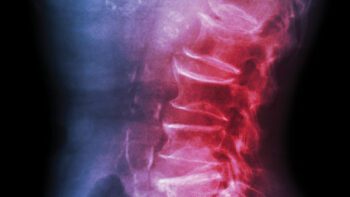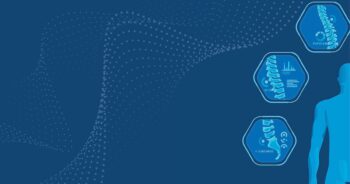
What is Back Surgery?
Back surgery usually refers to a spinal operation that is intended to alleviate a patient’s back pain. The two main categories of back surgery are fusions and decompressions. A spinal fusion describes joining two or more vertebrae together in order to stabilize the spine. Rods, screws, and bone grafts are typically used to aid in the fusion process. On the other hand, a decompression refers to the removal of small pieces of bones or discs in order to relieve pressure on the spinal cord and nerves within the spinal cavity.
Who Are Candidates For Back Surgery?
A variety of people are candidates for back surgery. There are many qualifiers to candidacy, including age, weight, smoking habits, type of surgery, etc. Different conditions will also call for different treatment approaches. Some common diagnoses that are operated on are herniated discs, vertebral fractures, spinal stenosis, and spondylolisthesis. Spinal stenosis is the narrowing of the spinal column, while spondylolisthesis describes the instability of the vertebrae of the spine. Basically, surgery is typically offered to patients with severe pain or progressive nerve damage.
What Are Alternatives to Back Surgery?
Alternatives to back surgery include many non-surgical techniques aimed at reducing or eliminating back pain. These techniques include physical therapy, chiropractic adjustments, acupuncture, and epidural steroid injections. Some of the newest pain management techniques actually damage the pain-causing nerves intentionally by using heat or electricity.
What is Degenerative Disc Disease and How is it Treated?
Degenerative disc disease is not actually a disease, but rather describes the gradual degeneration of intervertebral discs. The spine is composed of 24 vertebrae, which are separated by discs that allow the spine to flex, bend, and twist. As you age, the amount of fluid in the spinal discs decreases, causing the space between vertebrae to shrink. This degeneration prompts the spine to create bone spurs, putting pressure on the spinal cord and nerves on the back, causing low back pain. Degenerative disc disease is more common in people who are smokers, obese, or engage in heavy physical labor. It is commonly treated with surgery but can also be treated with spinal injections, physical therapy, chiropractic treatments, or physiatry.
by James D. Schwender, M.D.
Check out the archives of our Spine Health Journal for more.



